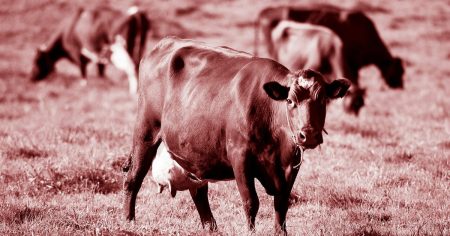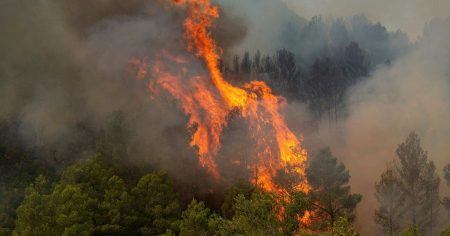The deluge struck Catarroja with the swift, brutal force of a biblical plague. One moment, Selene Santander and her family were in their car, parked in the underground garage of their building, the hum of the engine a familiar soundtrack to their daily routine. The next, a torrent of muddy water cascaded down the ramp, engulfing their vehicle with terrifying speed. The garage, their everyday parking space, transformed into a watery tomb in a matter of heart-stopping minutes. Trapped, submerged, and fighting for their lives, the Santander family experienced the raw terror of nature’s unleashed fury. The image of Selene, reaching through the shattered car window to retrieve her son’s cherished Greta Gris doll, becomes a poignant symbol of the disaster’s impact – a mother’s desperate act amidst the chaos, clinging to a vestige of normalcy in a world turned upside down. Her words, ”We are alive, that’s all I can think about,” encapsulate the profound relief and lingering trauma of a family narrowly escaping death’s grip.
The catastrophic flooding in Catarroja, Spain, wasn’t an isolated incident, but rather a harsh demonstration of the increasing frequency and intensity of extreme weather events plaguing the region. Driven by climate change, these events, once considered anomalies, are becoming the new normal. The deluge that overwhelmed Catarroja, submerging homes, businesses, and critical infrastructure, serves as a stark reminder of the vulnerability of urban environments to the devastating power of nature. The Santander family’s ordeal is a microcosm of the broader suffering and disruption experienced by countless residents in the wake of the floods. Homes reduced to ruins, livelihoods washed away, and a community grappling with the emotional and economic aftermath – the flood’s impact rippled through Catarroja, leaving an indelible mark on its landscape and its people.
The Santander family’s escape from the submerged garage was nothing short of miraculous. The rising water level trapped them inside their car, the pressure against the doors making escape impossible. Panic set in as the water continued to rise, the air inside the vehicle growing thin. In those terrifying moments, Selene’s focus narrowed to her children, her maternal instinct driving her to protect them at all costs. With the water level dangerously high, they managed to shatter a window, creating a small opening for escape. One by one, they clambered out of the car, gasping for air, the icy water swirling around them. The harrowing experience of being trapped, fighting for survival against the relentless surge of water, etched itself into their memories, a constant reminder of their brush with death.
The floodwaters receded, leaving behind a trail of destruction and despair. Homes were inundated with mud and debris, streets were impassable, and the air was thick with the stench of stagnant water. The once-vibrant town of Catarroja was transformed into a disaster zone, the flood’s devastation evident in every corner. The Santander family, like many others, lost their home, their possessions, and their sense of security. The Greta Gris doll, salvaged from the wreckage, became a symbol of hope amidst the despair, a reminder of the precious lives saved and the resilience of the human spirit in the face of adversity. The road to recovery would be long and arduous, but the community rallied together, offering support, sharing resources, and demonstrating the unwavering power of human connection in times of crisis.
The flooding in Catarroja underscores the urgent need for effective climate change mitigation and adaptation strategies. The increasing frequency and intensity of extreme weather events, like the devastating floods, highlight the vulnerability of communities around the world to the impacts of a changing climate. Investing in resilient infrastructure, developing early warning systems, and implementing sustainable land management practices are crucial steps in mitigating the risks posed by climate change. Furthermore, fostering community preparedness and empowering residents with the knowledge and resources to respond effectively to emergencies is essential in building resilience and minimizing the impact of future disasters. The lessons learned from Catarroja serve as a call to action for governments, organizations, and individuals to prioritize climate action and invest in a sustainable future for all.
The story of Selene Santander and her family’s harrowing escape from the flooded garage is a testament to the human capacity for resilience and the enduring power of hope in the face of adversity. It serves as a stark reminder of the devastating impact of climate change and the urgent need for collective action to address this global challenge. While the physical scars of the flood may eventually fade, the emotional scars will likely linger, a constant reminder of the fragility of life and the importance of cherishing every moment. The salvaged Greta Gris doll, a symbol of hope and resilience, will forever hold a special significance for the Santander family, a tangible reminder of their survival and the unwavering bonds of love that carried them through the darkest of times. The flood in Catarroja may have brought devastation, but it also brought the community together, forging a stronger sense of unity and a shared determination to rebuild and create a more resilient future.














